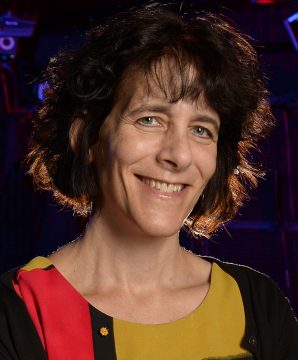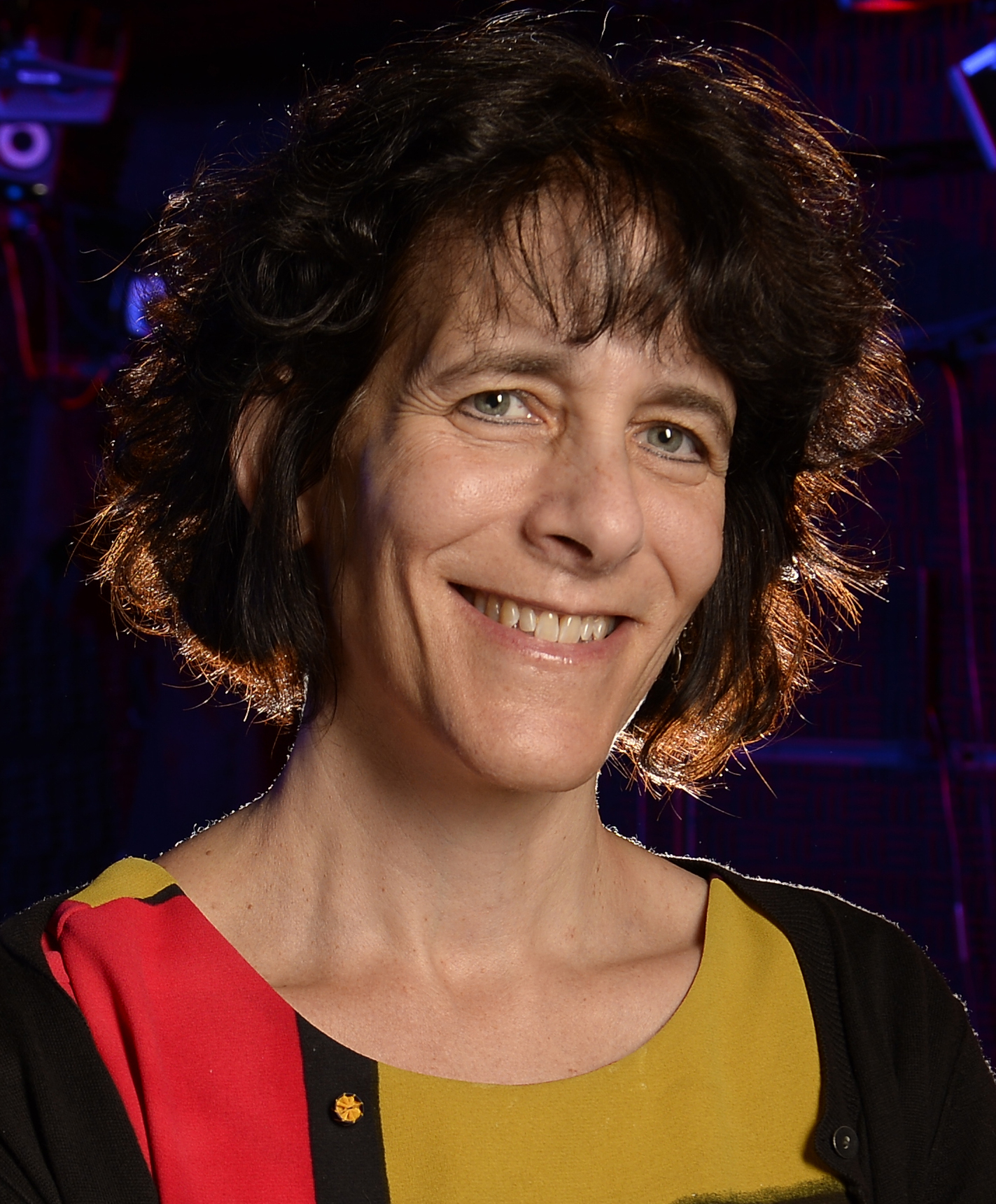On Thursday, April 25, Lawrence welcomed Cynthia Moss, Professor of Psychological and Brain Sciences at Johns Hopkins University, to present a lecture titled “Using Sounds to Navigate the World: Echolocation by Bats and Blind Humans” in the Wriston Auditorium. The event was a Phi Beta Kappa Visiting Scholar Lecture and will be the only one this Spring Term.

Moss talked about the history of echolocation at the beginning of her lecture. Echolocation is the process of detecting, localizing and characterizing objects by producing sounds and listening to the features of the echoes that return. It was first discovered by Harvard University students Donald Griffin and Robert Galambos, who characterized the signals produced by bats. Their study proved that bats could use sounds to discriminate between and navigate around objects without sound. In a study done by Griffin, bats were able to differentiate between tossed discs and mealworms in the air. This study also stretched long and thin wires across a room, and bats had to fly through these narrow space wires.
Moss used spectrograms in her lecture, a plot of frequency versus time. Her spectrograms displayed the different sounds that different species of bats produce. She used the spectrogram to understand how bats use sound in echolocation.
Moss then talked about how echolocation is helping blind humans navigate their surroundings using sound made by tongue clicks, although the sound frequencies in humans are much lower than in bats. The audience was then introduced to a case study of this concept in action through Daniel Kisch, a blind man who has taught himself the technique of echolocation using tongue clicks to navigate his surroundings. Kisch is also able to make out specific qualities about objects — for example, the size of a car he is passing by — based on tongue clicks. Moss then talked about an experiment she conducted on Kisch at the University of Maryland. She set him up in a lab with different pipes and asked Kisch to describe what he was seeing.
Conclusively, through echolocating animals and humans, Moss claimed we can identify biological specializations and general principles that operate to support spatial navigation. The crowd was filled with enthusiastic STEM students and professors, and there was a question-and-answer session afterwards.

